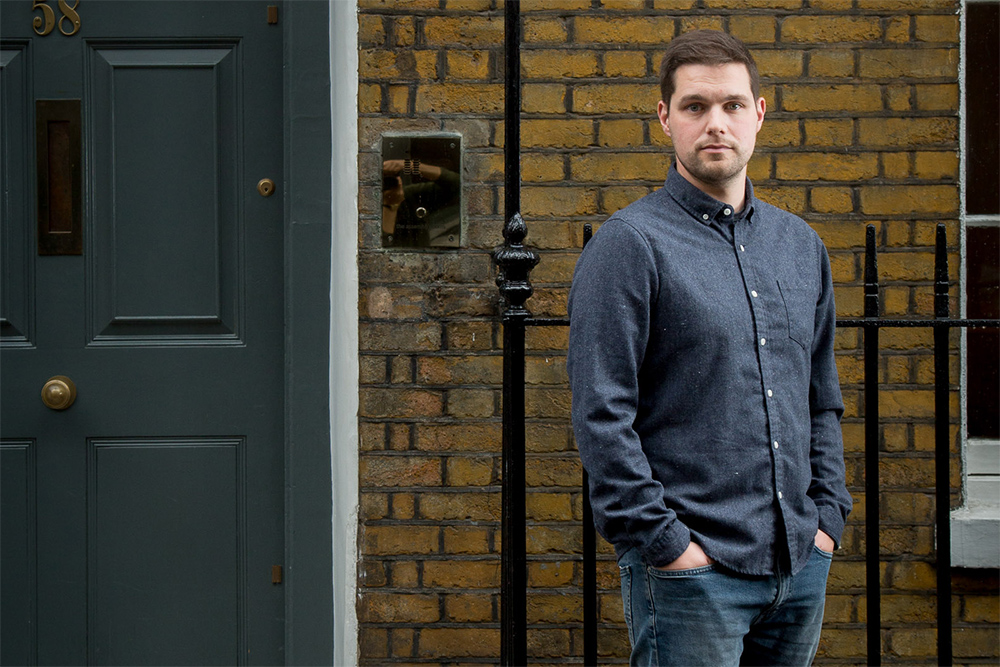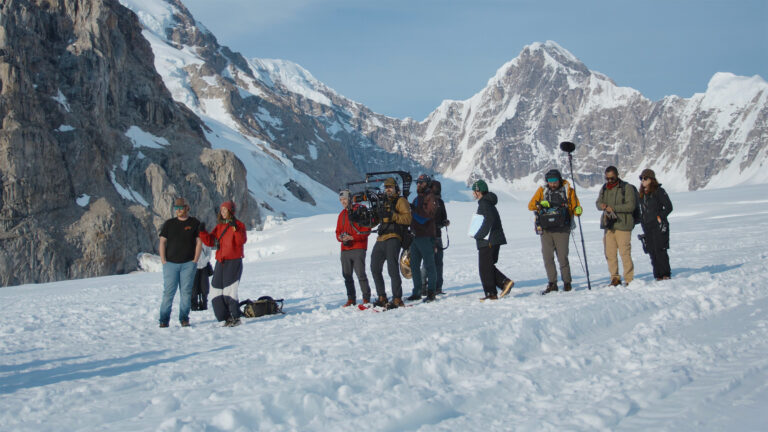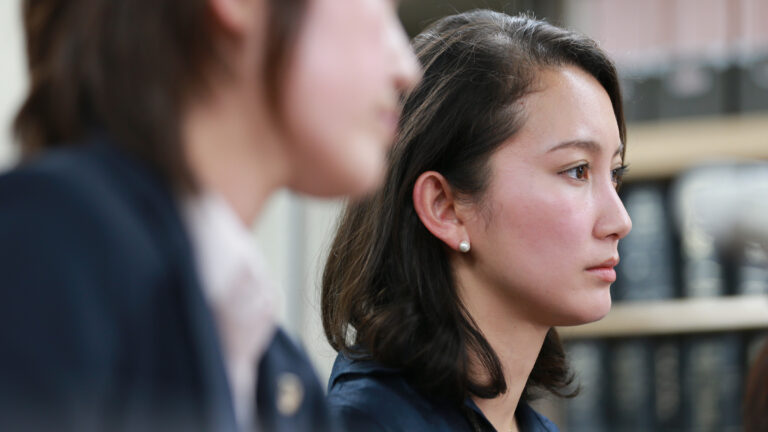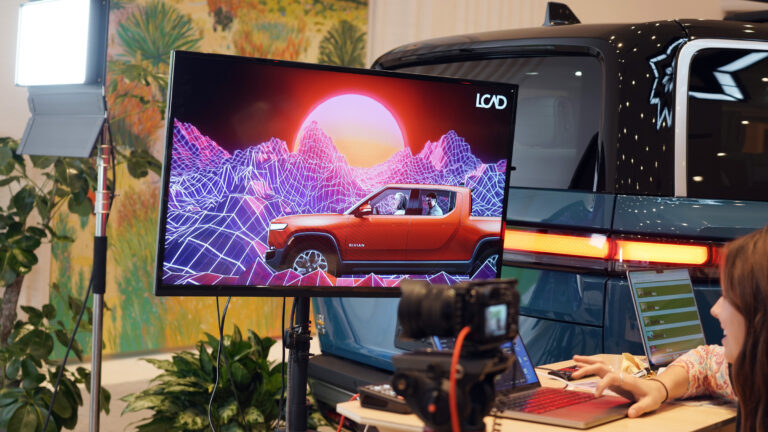The expression “herding cats” pops up fairly frequently in the film industry, because there’s no such thing as a simple production. But when you’re making a music video for one of the world’s biggest pop stars, that involves kids, puppies, and an epic cake battle—on an accelerated schedule—the cat scenario seems easy by comparison.
We were lucky to get some time with the very busy David Stevens of The Assembly Rooms—an offline film editing company in London—to talk about the recent video for Harry Styles’s single “Kiwi.” For those of you who may not be acquainted with David’s work, he’s edited music videos for classic artists ranging from Mick Jagger and Elton John to the daring and different Viktoria Modesta. His spot work includes Coca-Cola, Lexus, and Pizza Hut, and his strength in crafting narratives to music has earned him an enviable career.
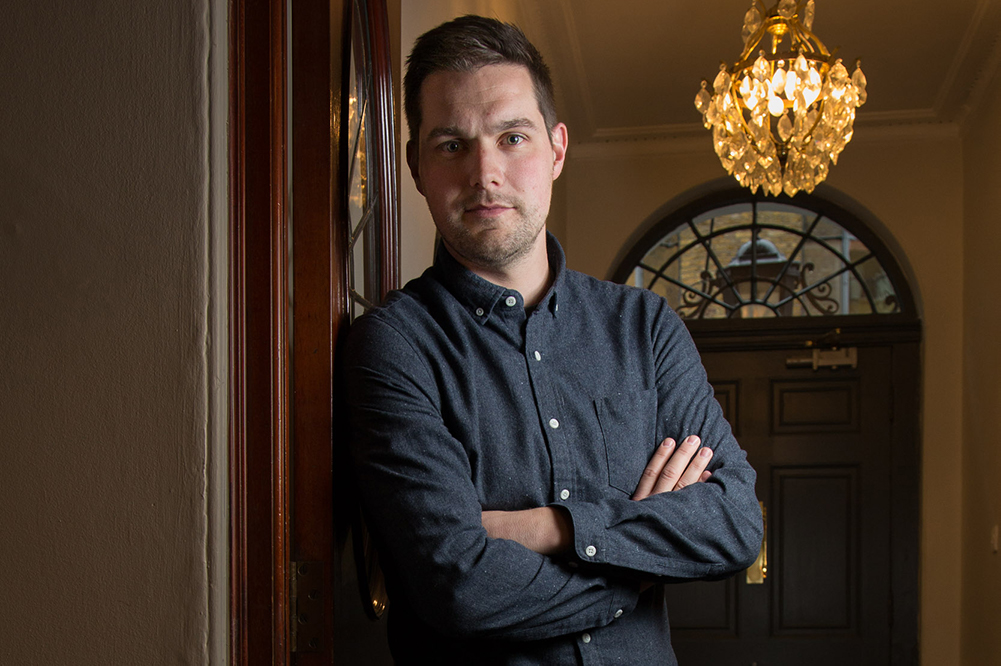
What’s the workflow like at The Assembly Rooms? Do you perform all the tasks yourself or do you have assistants?
“We have a robust workflow with assistants getting everything set up for the editors so that when we sit down we’re ready to start cutting. Everything is geared toward maximizing the time the editors have to work creatively with our clients.”
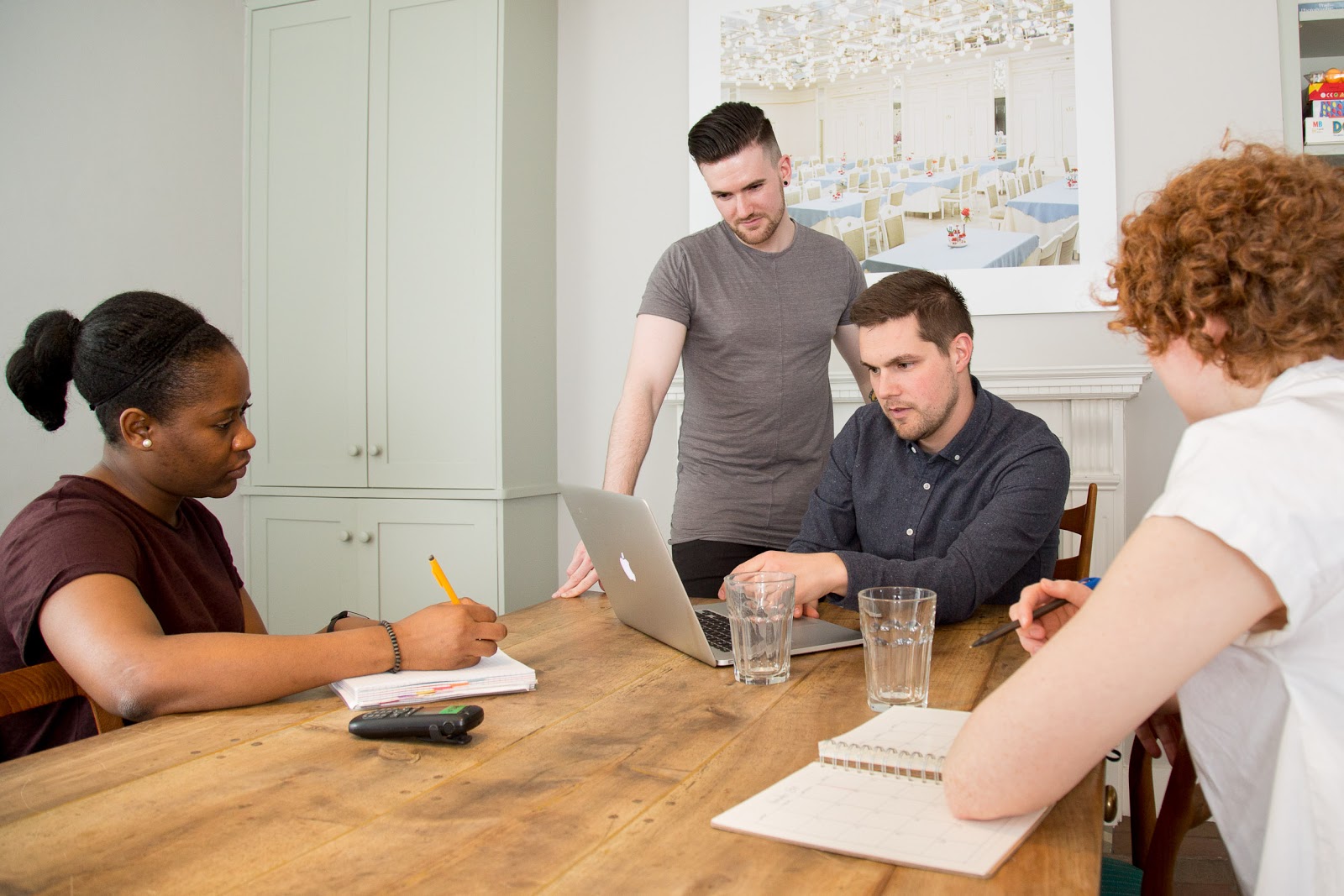
It’s worth noting that The Assembly Rooms functions exclusively as a creative offline boutique. They expect clients to be in the suites with the editors, participating in the process to the degree that their schedules allow. It’s a common way of working at the high-end of commercial and music video production.
“We’re an Avid-based house, so we have Avid media sent to us from the DIT [digital imaging technician] on set. Usually one of the assistants will have a telephone chat (we follow up with email) to discuss what we hope to receive. Then we load everything up to our Avid Unity server and have a standardized way of organizing the material. We use the Avid DNx36 as our standard codec, and cut at 1080p, even if they’ve recorded at 4K.”
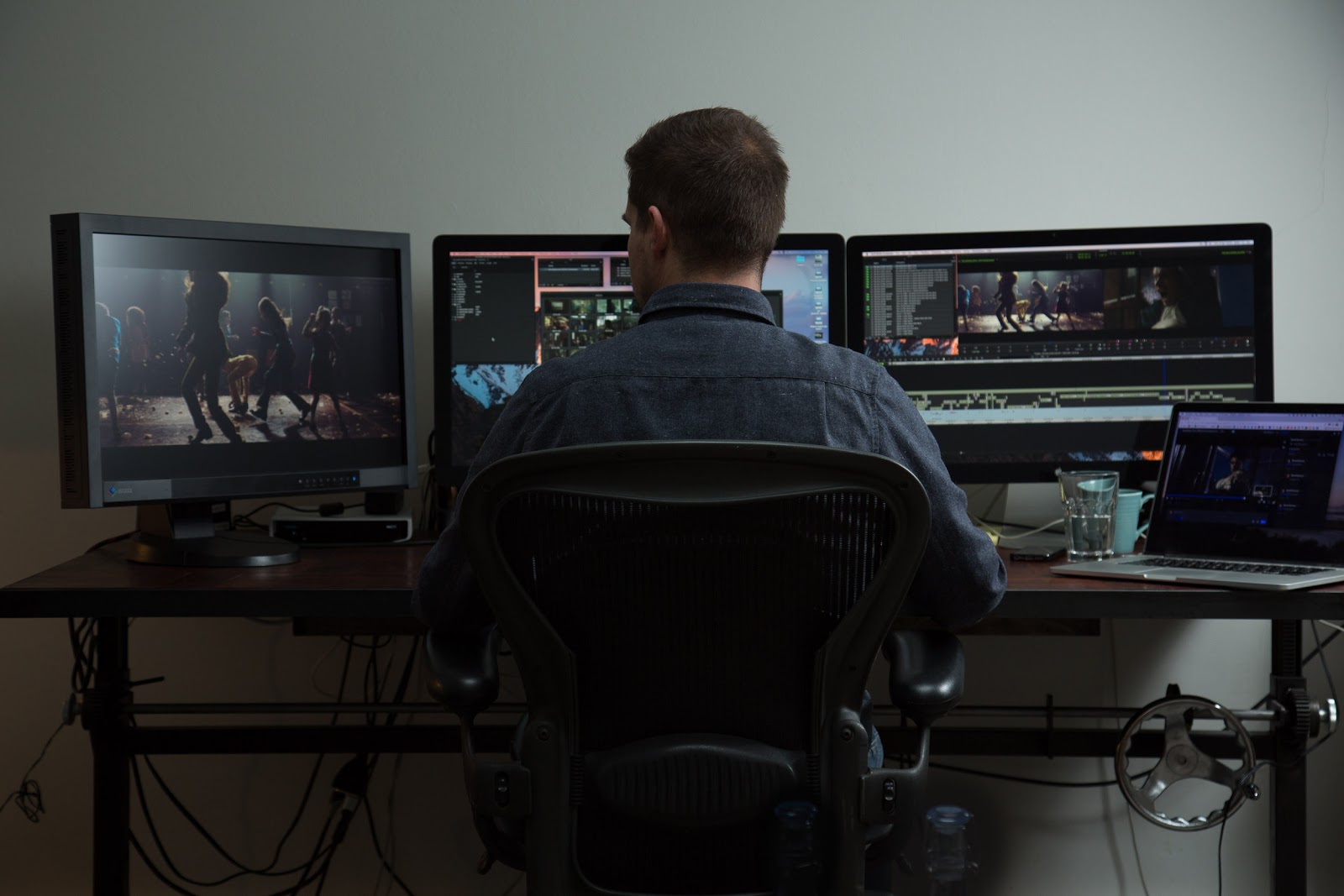
Many editors like to have their assistants cull through the raw footage after it’s all loaded, in a pre-selection process—but David isn’t one of them. He’s an avowed viewer of everything that’s been shot—outtakes and all—in case a previously-discarded clip turns out to be the perfect piece to fill in a pesky hole. It’s likely one of the reasons his clients so often trust him to carry on even when they can’t be there.
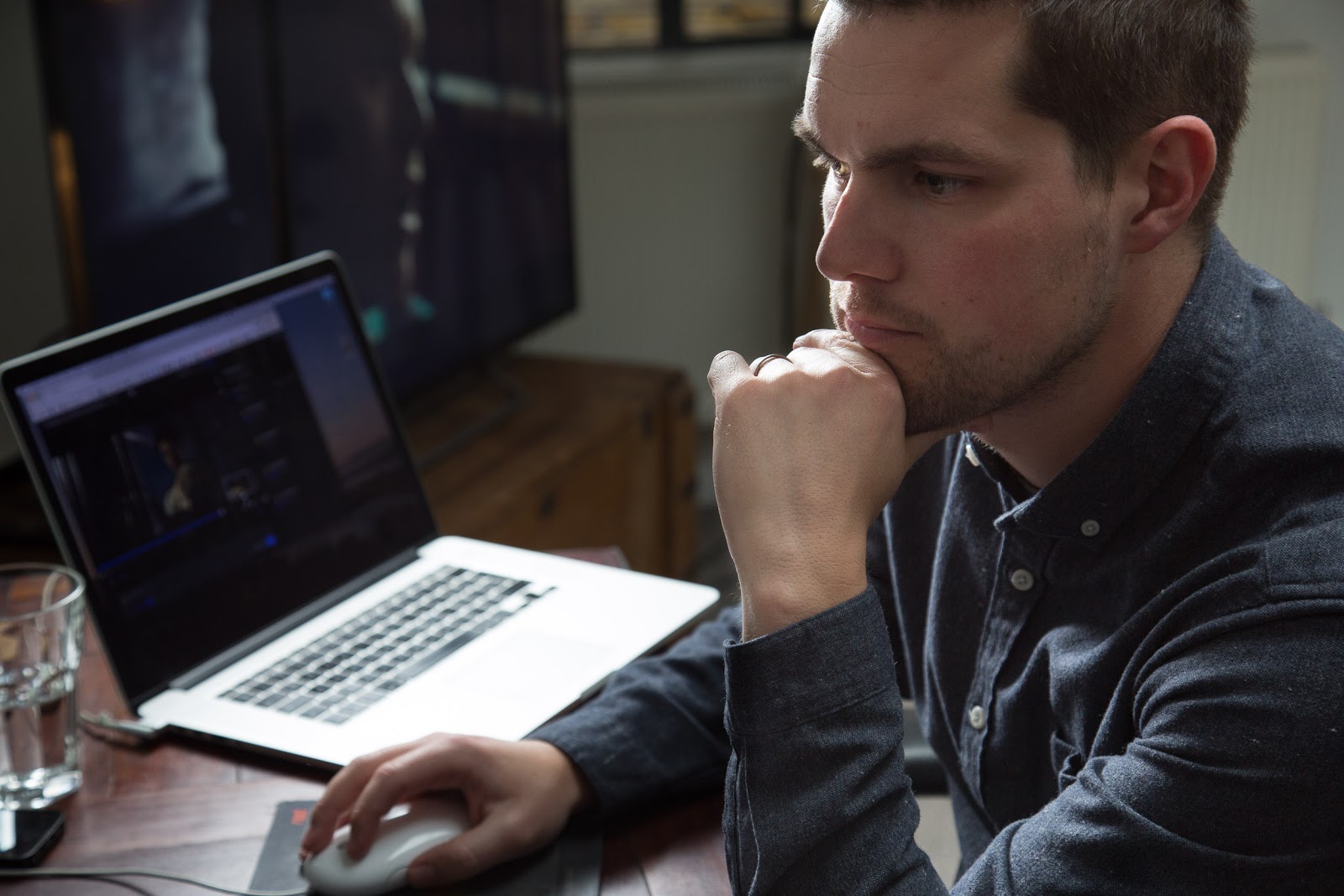
Compressed deadlines are a common occurrence in the music video world for myriad reasons—in this case it was the very limited availability of the artist. The directors (“Us”, who are Chris Barrett and Luke Taylor) had only a one-day window to shoot with Harry Styles, and they had another project’s shoot close on its heels. That meant that they had only one day to spend cutting with David in London before jetting off.
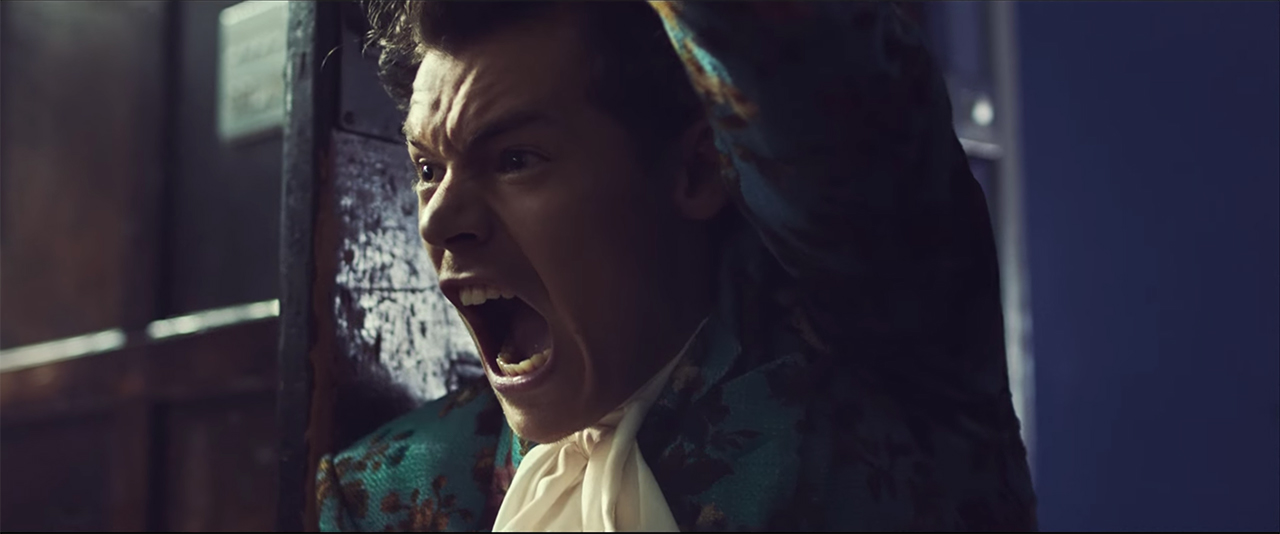
“A multi-day shoot feels luxurious,” David says, “because you have time to view the dailies of the previous days’ shoots before you start cutting. I think we got the call to do this one on Monday and I was working by Thursday, and we had to deliver by that following Tuesday. It was unusually fast. Fortunately, the shoot was in London and we were able to get a ‘drip feed’ of the material as they worked, so we were shuttling drives back and forth from the set that day.”
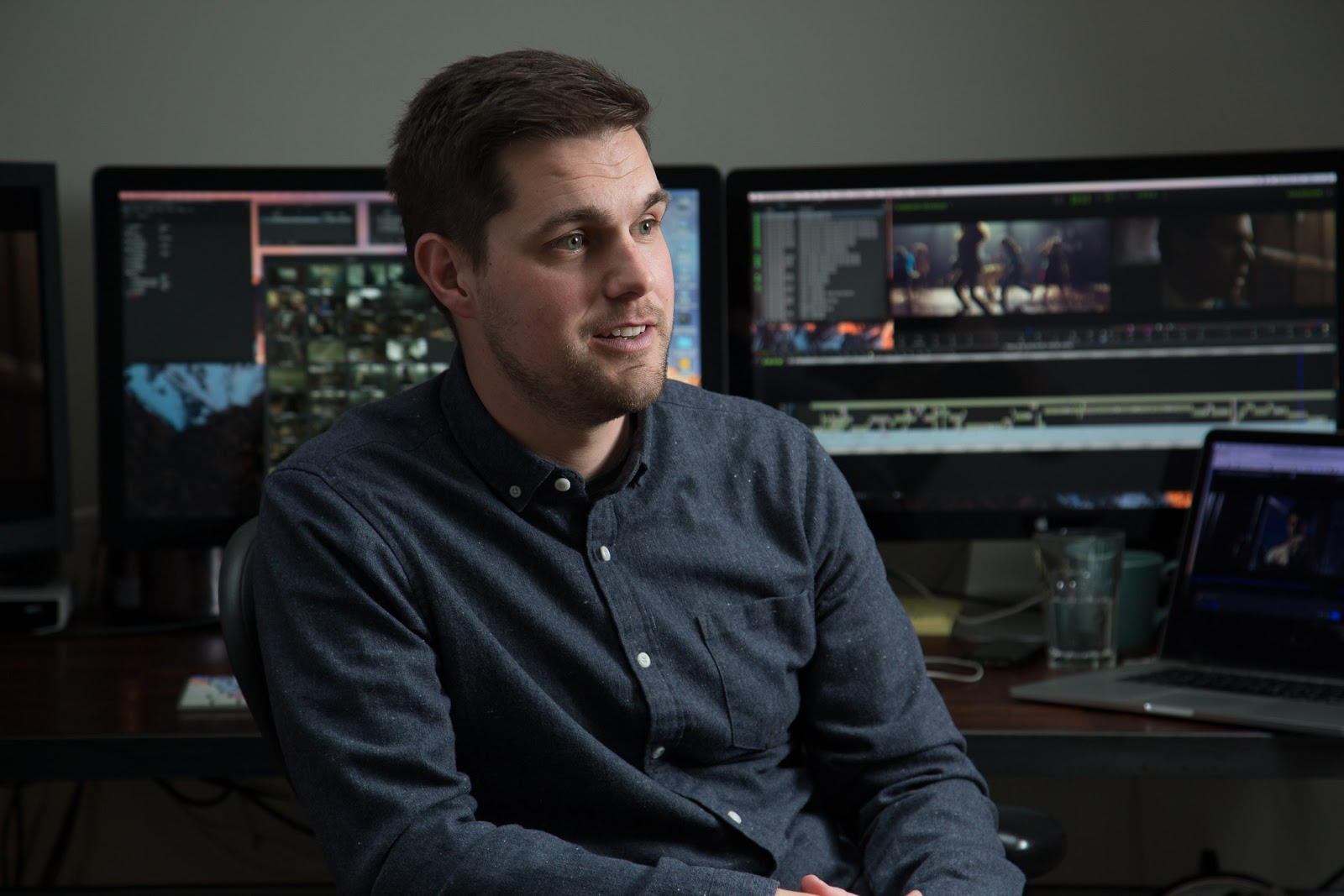
David usually receives the material on physical drives, especially when the production happens in London. Even when the shoot happens abroad, it’s common for the production team to bring the drives on the flight with them. On occasion, proxies are sent directly from the set over the internet, but that hasn’t been the standard process for him yet. Now that it’s so easy to send files back and forth through services like Frame.io, it’s becoming more common to deliver dailies digitally when the production and post-production team are in different places. On a shoot like this one, though, with the editor close by, hard drives still make a lot of sense.
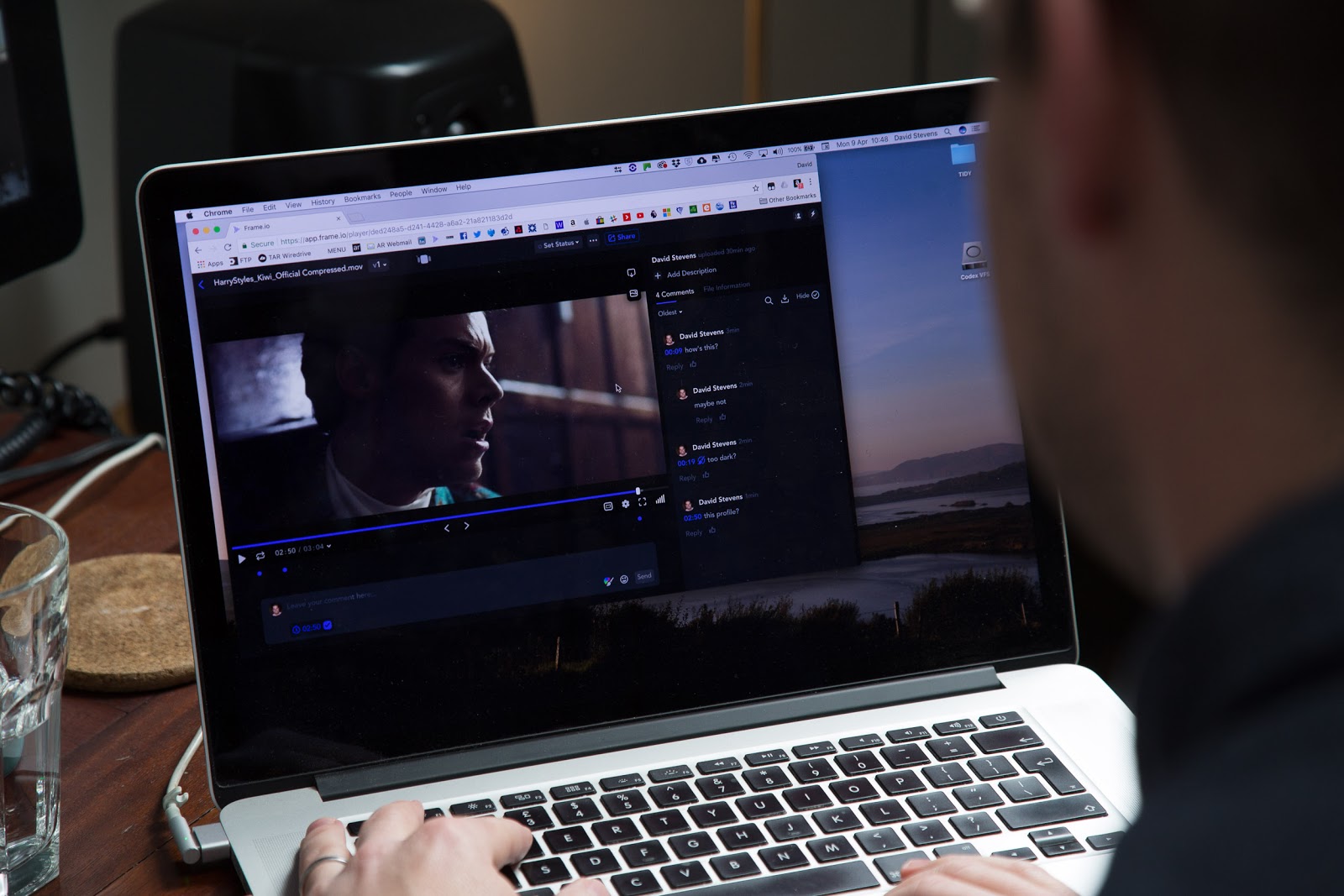
“Once I’d watched all the rushes, I had a phone call with Chris and Luke—just to get a first impression for what they were envisioning, and to assure them that everything looked good. Then I had two days to rough in the first cut, to really throw myself into it, and we had the Saturday to sit together and review and revise. One of the most valuable aspects of having the client in the room is that the ideas are flying and you get that little bit of magic from the collaboration. You get excited and you feel like kids and it’s fun.
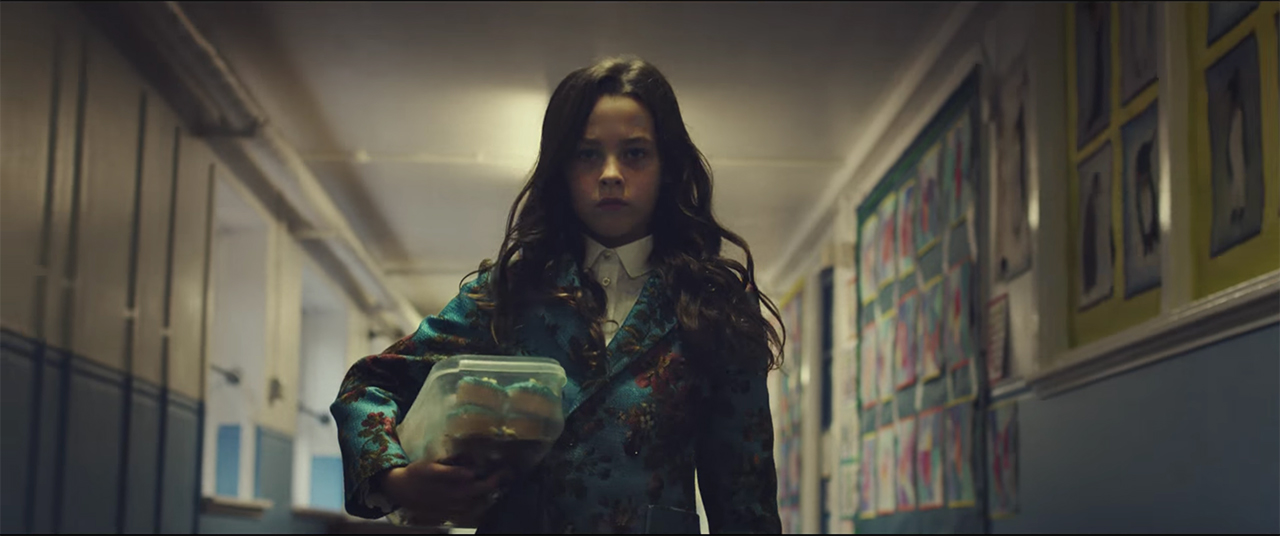
“But what’s also so valuable is that then the client can go away and, by using Frame.io, we can stay in good communication as I incorporate the new ideas and make revisions. It’s one of the things I’ve really come to love about using it.”
Let’s talk a little about this particular video: in addition to the tight schedule and limited time with the directors, what other specific challenges did this project present?
“From a production point of view, it was a perfect storm of challenges! You’ve got a big star who was really only available for a couple of hours. You’ve got kids who, because of working laws, are only able to work for a specific amount of time. And then they had this gigantic set piece with the cakes, which is a huge production turnaround to set up, destroy, and clean again. It was kind of like filming an explosion in a way—you really have to get as much as you can in the first take because you only have so much time and then, even for just the close-ups, you have to clean everyone up.”
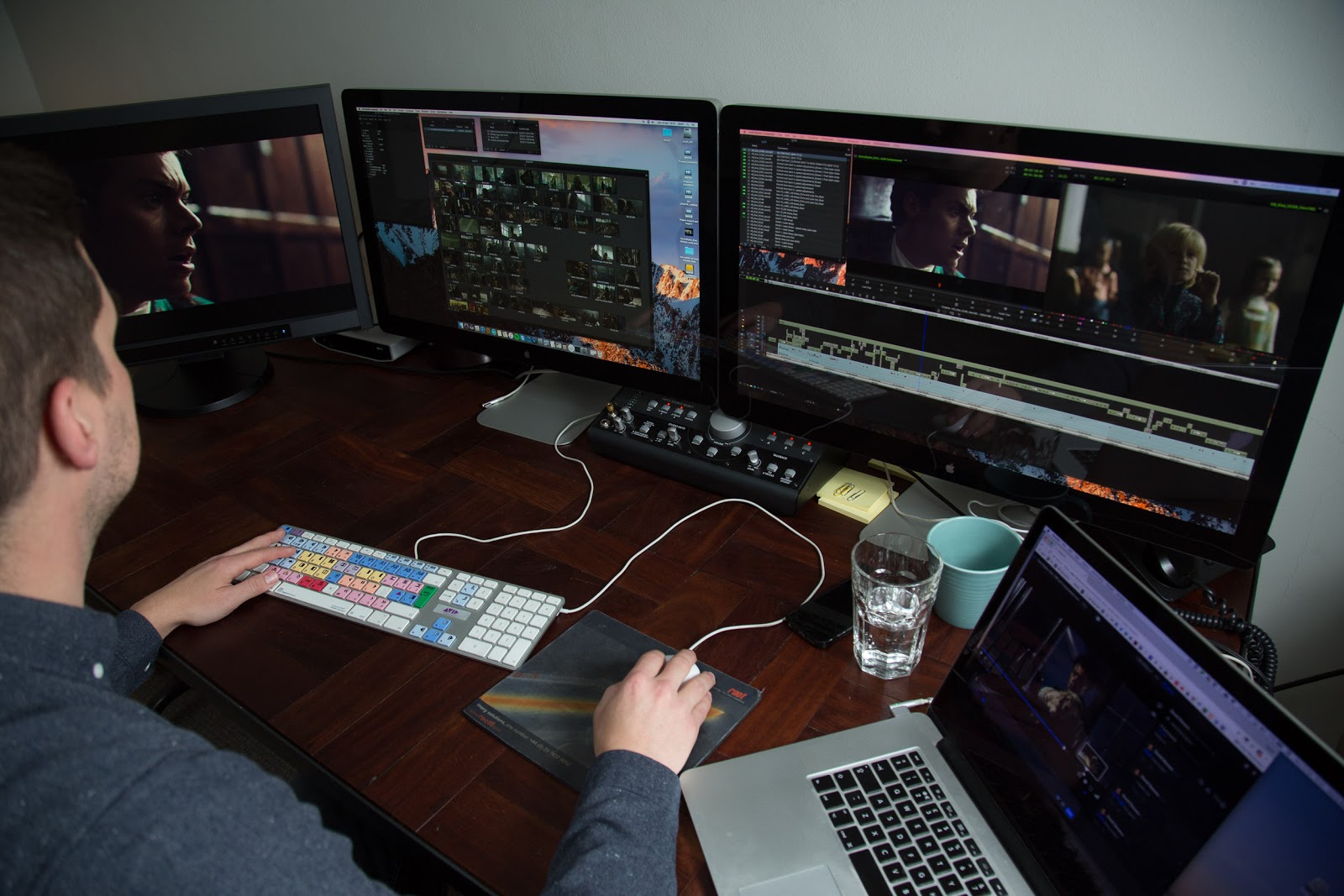
And then they unleashed the hounds. Literally. At the outset of the video, there’s a disclaimer that no children or animals were harmed in the process of making it. But, wait…aren’t those adorable puppies ostensibly snarfing up the cupcakes and pastries the kids are throwing?
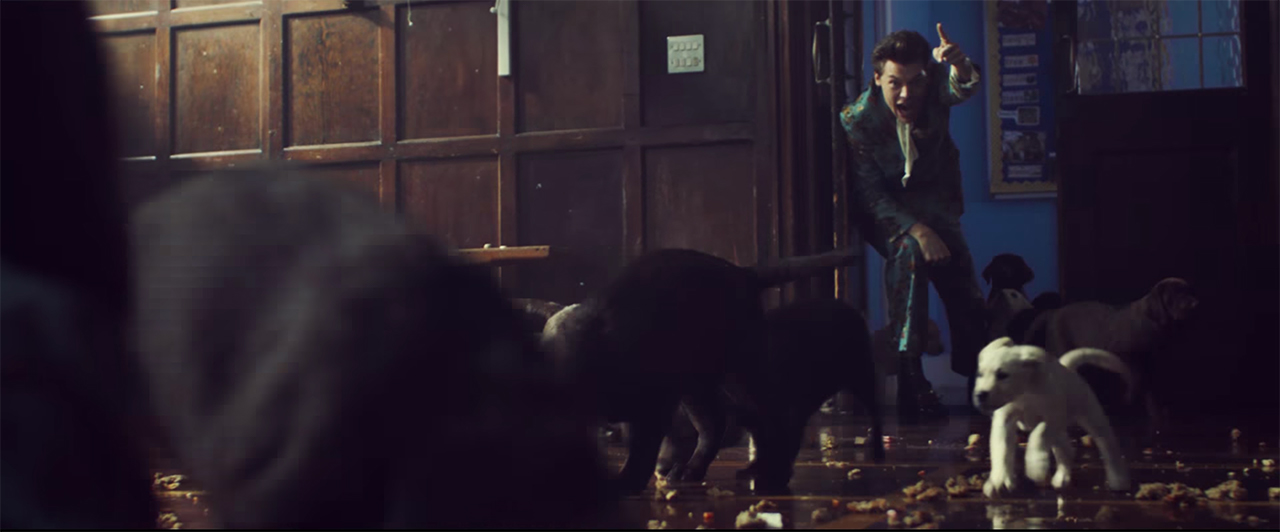
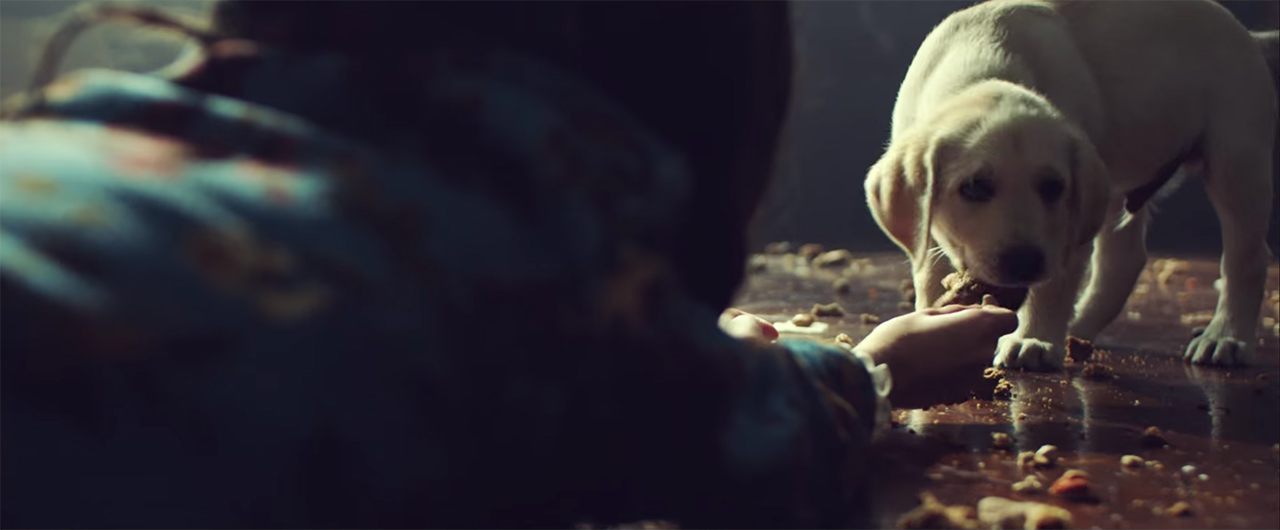
Well, no. “They had to clear all the normal cakes and reset to shoot with the dogs, using special dog cakes because they can’t eat the sugar and chocolate. The reality is that the puppies were never there when all the carnage was going on because of the health risks.”
Watching the sequence, you’d never know that it wasn’t all one big, continuous brawl with the dogs functioning as the cleanup crew. If you’ve ever seen original footage of a shoot with animals, you’ll understand how tricky it is to cobble together the chaos of animals running every which way into something that looks completely choreographed and intentional.
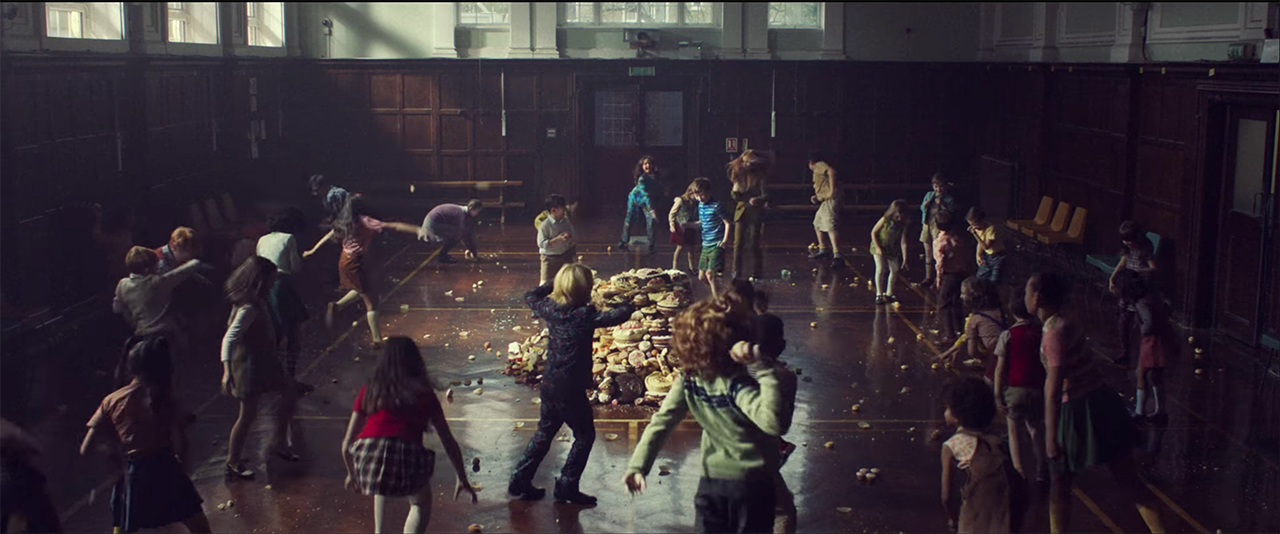
Can you give us a little more insight into your creative approach to cutting music videos?
“I think one of the risks of cutting a music video or a commercial to music is that you can get bogged down in cutting to the track too soon. Obviously, the music is going to play a big part, but because ultimately even if you have the most beautiful, rhythmic, sexy, musical edit, if it doesn’t do the job you want it to emotionally or narratively, then it’s not working.”
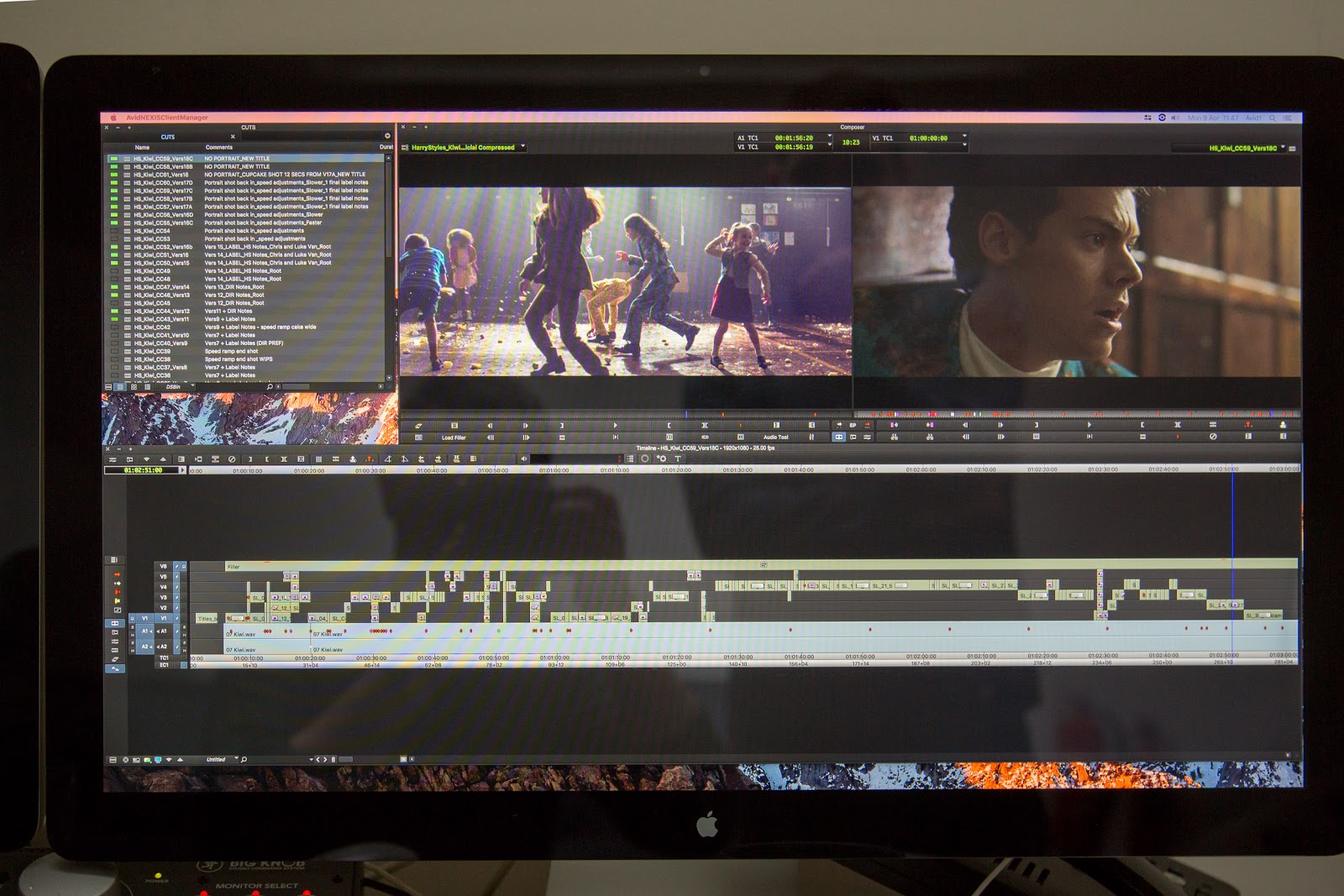
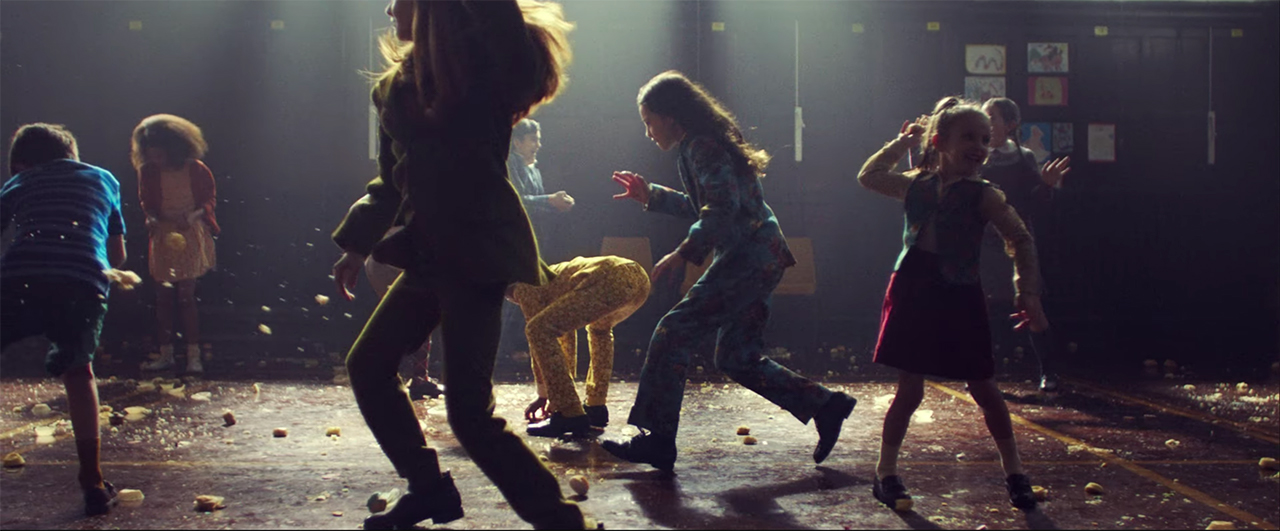
David found his way into the industry in a somewhat unorthodox way—he had a degree in English literature rather than film or video production and started as a runner at a post facility, where he learned to edit on Avid and Final Cut. Yet, the deep understanding of narrative structure contributed both to his opportunities to advance as an editor (perhaps more quickly than some who’ve traveled a more traditional road) as well as to his current success.
That understanding served him especially well on “Kiwi.” “There’s a lot of storytelling that we had to do completely visually, because the action doesn’t play directly off the lyrics.”
As Harry Styles sings, I’m having your baby, it’s none of your business…, you have a young actress who serves as a surrogate for Styles in the role of the protagonist, a young boy who has to be set up as the nemesis, and a cake fight that’s based on the kind of sequences typically found in cinematic battle scenes.
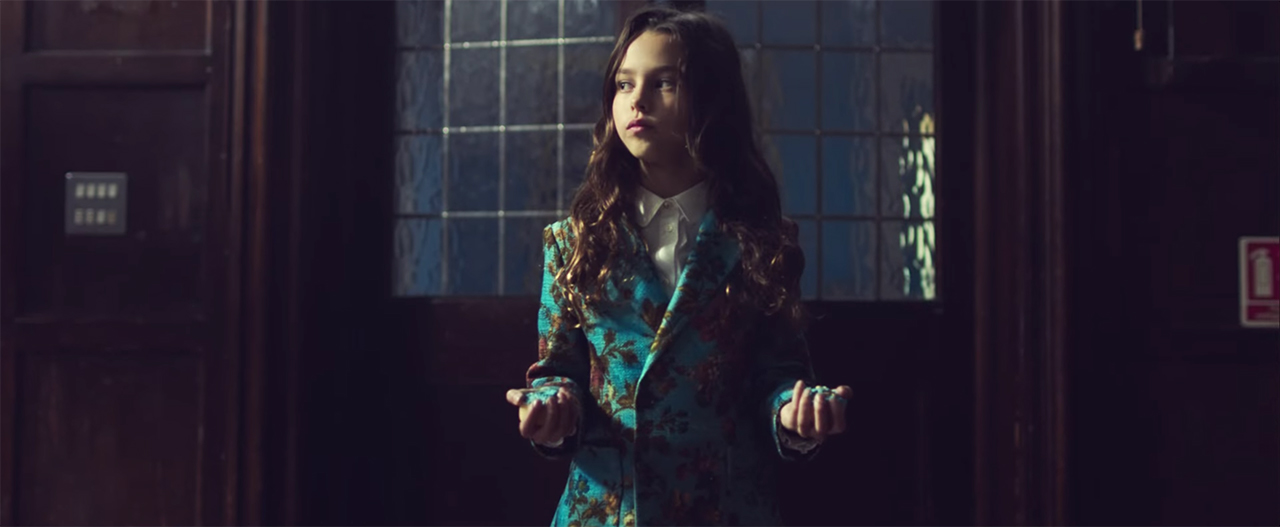
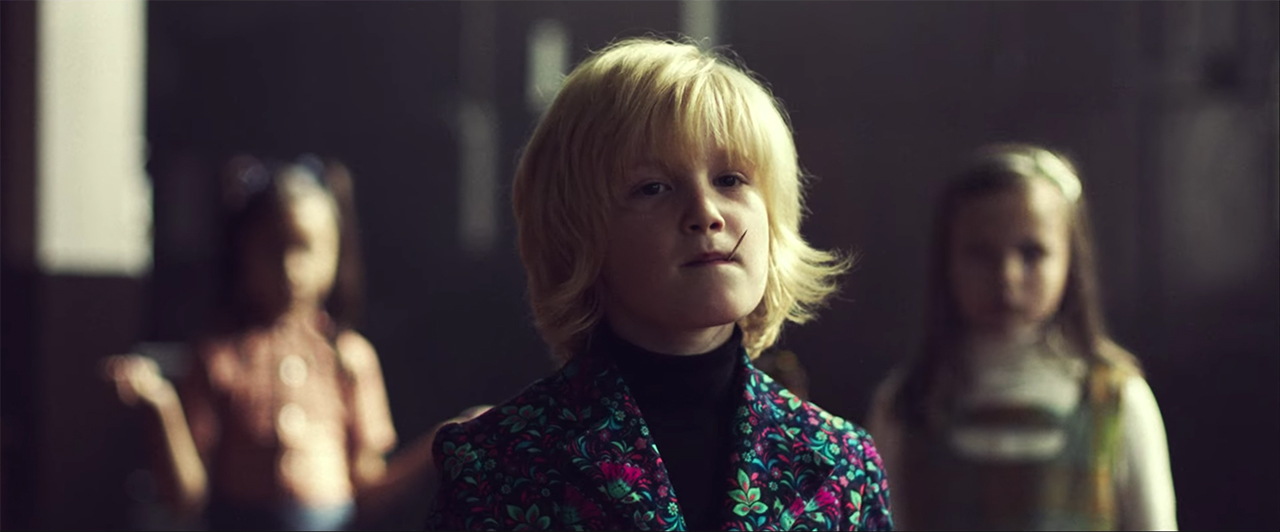
“I had to really nail the narrative first, before I could even dive into the musical pass of the cut,” David explains. “It was essential to set up the tension in the showdown.
“Having said that (and this is not intended to be a total contradiction), I’ve also found that it can be really rewarding if you do something that feels right with the track early in the process.”
Because a music video has to work both in terms of the story and the music, it can be a daunting task to bring both parts together, especially in a video like this. That’s why David also advocates finding those moments and letting them help to anchor the piece.
“Maybe you have an idea for a great open—and it can give you an immediate buzz that gets you through the subsequent hours of selecting, when it’s all feeling a bit wonky. And then you can put that aside, until it’s time to go back and do the musical edit. You know you have that one bit that’s going to be killer, and that’s really satisfying.”
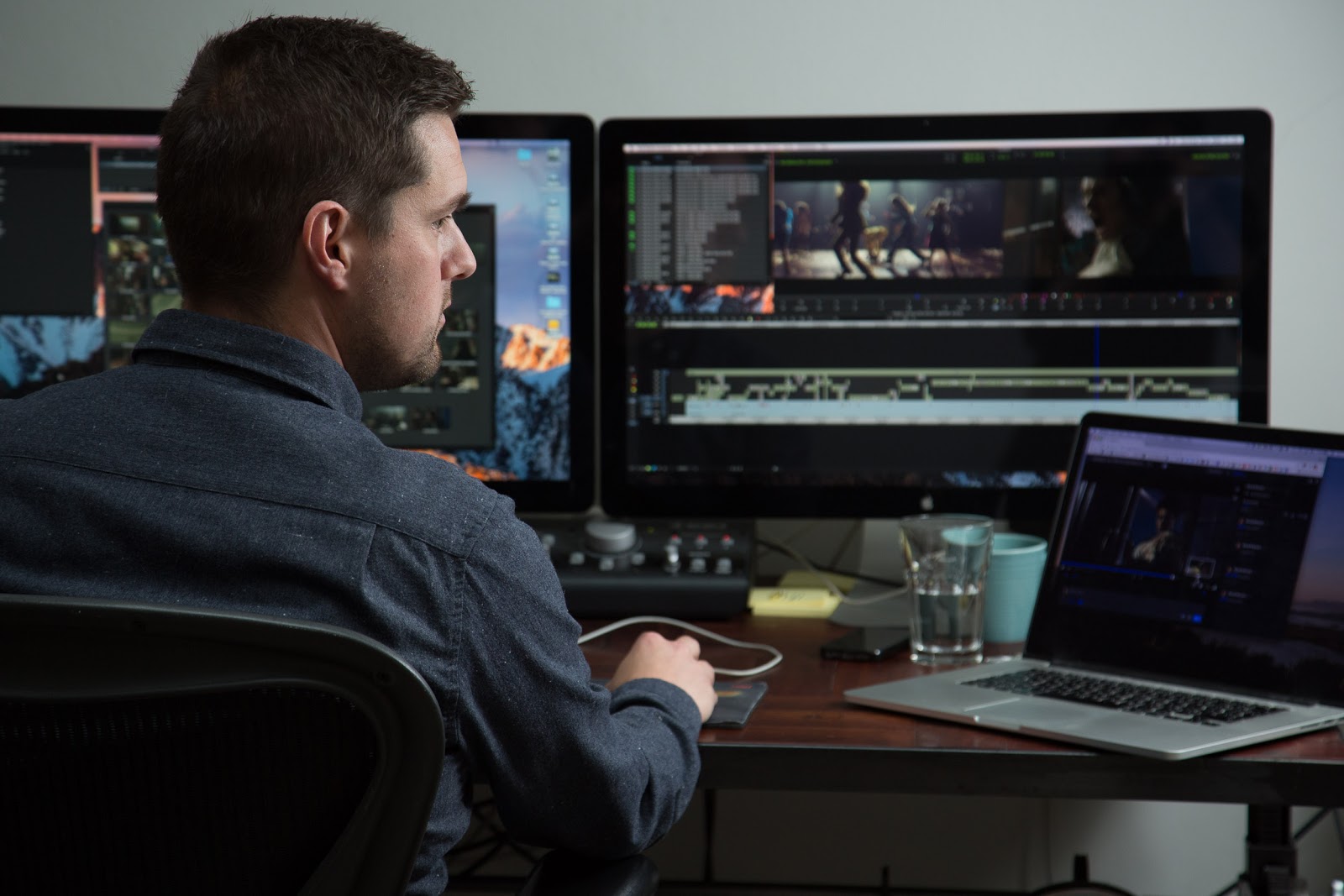
Can you tell what you like best about Frame.io?
“I’m a big fan of Frame.io and have been encouraging other editors and assistants to use it. The kind of miscommunications that can happen when going back and forth in lengthy bullet-point emails doesn’t happen with Frame.io. On this particular project, the directors used the annotation tool a lot—they were very visual with their feedback. So it was an essential tool, given the short turnaround and the physical time we had with the directors.
“When we had the cut ready to go to the label, we packaged it up using the presentation link—as if this is a finished piece that we’re presenting. You really want to set it up as something that you’re proud of and is as close to finished as possible.”
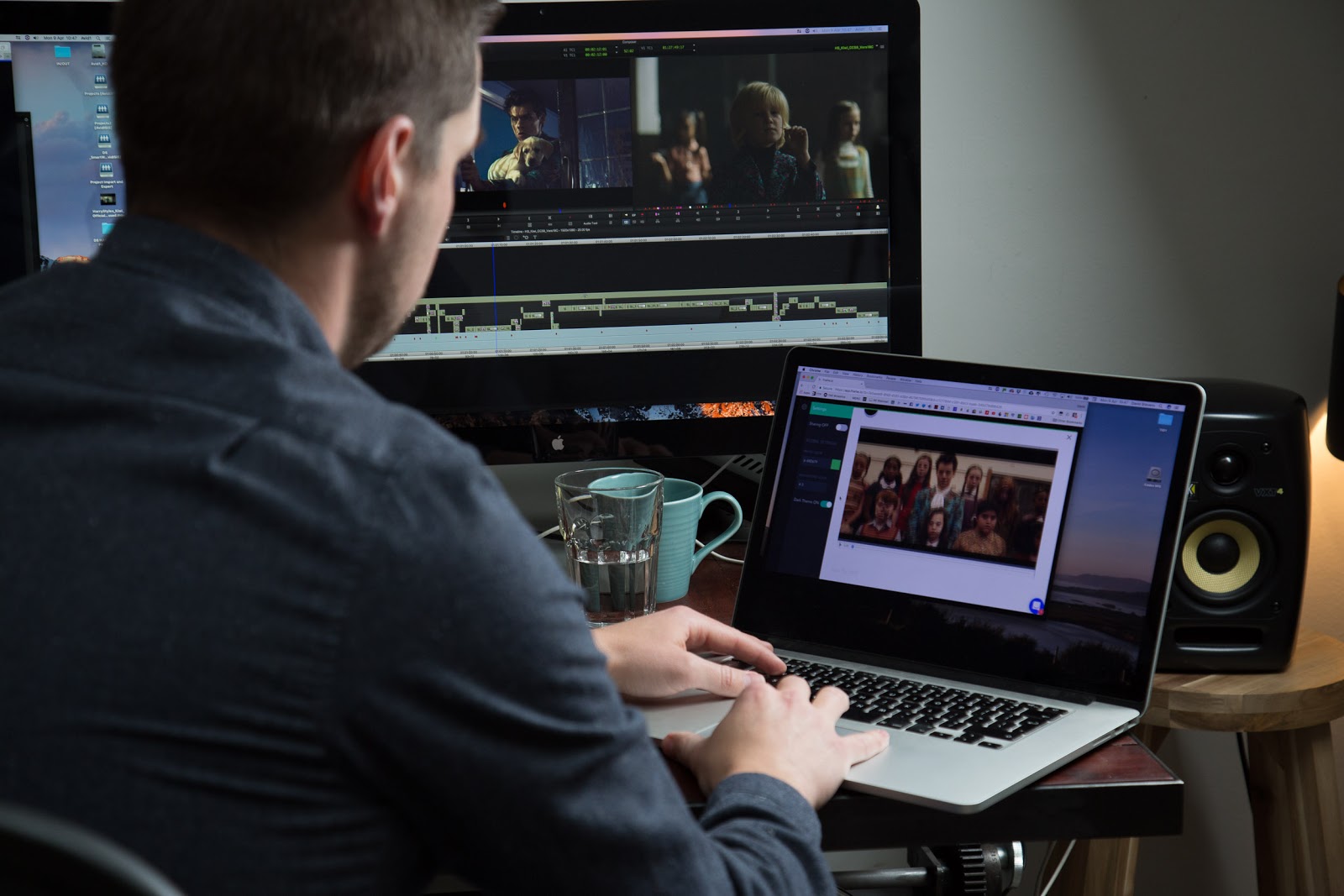
Because The Assembly Rooms doesn’t do visual effects production and compositing or color grading, what they are presenting is truly an offline, albeit one that is quite polished. David is comfortable doing whatever sorts of pre-comps or pre-vis of effects using the tools within Avid in order to help the clients visualize the outcome; but unlike some editors who may use After Effects to execute more elaborate effects, David focuses his attention on the creative cut. It’s a fairly standard business model in the commercial and high-end music video paradigm, especially when you have large post facilities with specialists working on dedicated effects systems like Flame or Nuke.
“We try to help the client see what can be achieved with visual effects, maybe play with the timing or pacing, but it’s always about how they can help convey the overall idea. Everything I do is in service to getting the client’s idea across in the best possible way.”
Before we let you go, do you have any tips or advice for cutting music-focused projects?
“First, don’t close down avenues of narrative by getting stuck in the music. But then, do let your ideas and inspiration take you unexpected places, as well. Because those little rewards are what keeps you energized through the process.
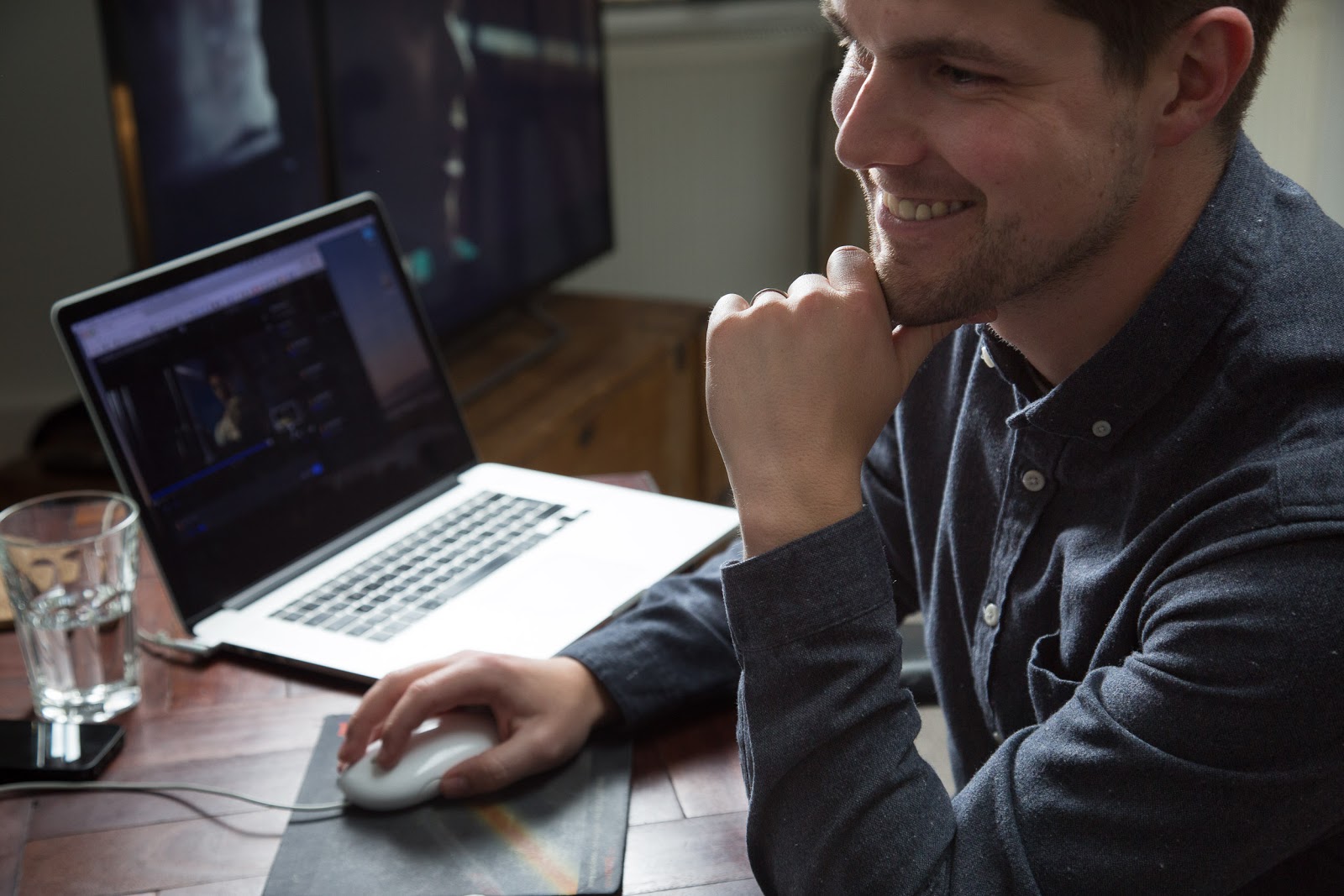
The creative partnership between directors and editors is one of the most important there is in the business. A great editor will not only execute the director’s vision, they’ll also enhance it with ideas of their own.
“I feel most rewarded when the process is one of creative collaboration, where you and the director have made something more than the sum of your parts.”
Or, in the case of this complicated video, something far more than the sum of so many moving parts.
